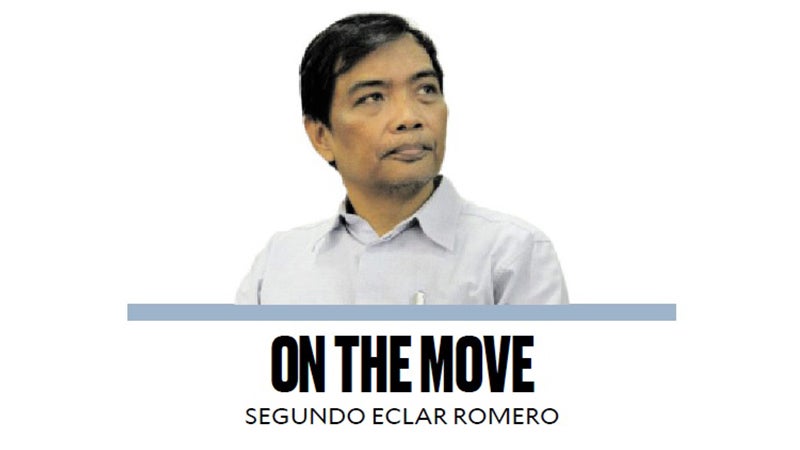
During the recent Christmas holidays, I attended several reunions with my high school and college classmates, now all senior citizens. I also participated in spirited group chats on social media. There was a palpable sense of nostalgia as we reminisced about the “good old days” when student activism was almost second nature—practically a part of the curriculum. These gatherings were filled with insightful observations and lively recommendations on how politicians, institutions, and government agencies should design and implement programs, such as the Ayuda sa Kapos ang Kita Program.
What struck me most was the depth of knowledge and networks that these groups exhibited. Many of my peers spoke personally and intimately about various politicians—senators, congressmen, governors, mayors, secretaries, and undersecretaries. This wasn’t mere name-dropping or boasting; many of these seniors had served in high-ranking positions in government, corporate management, or civic organizations. Their connections were real, cultivated through decades of public service and professional experience.
However, a frustrating gap emerged when the discussions moved beyond analysis and commentary to the practical task of crafting policy statements, open letters, or other communications for policymakers. Many senior citizens found themselves at a loss, unsure of how to navigate the modern tools and methods that have displaced the traditional avenues of political advocacy.